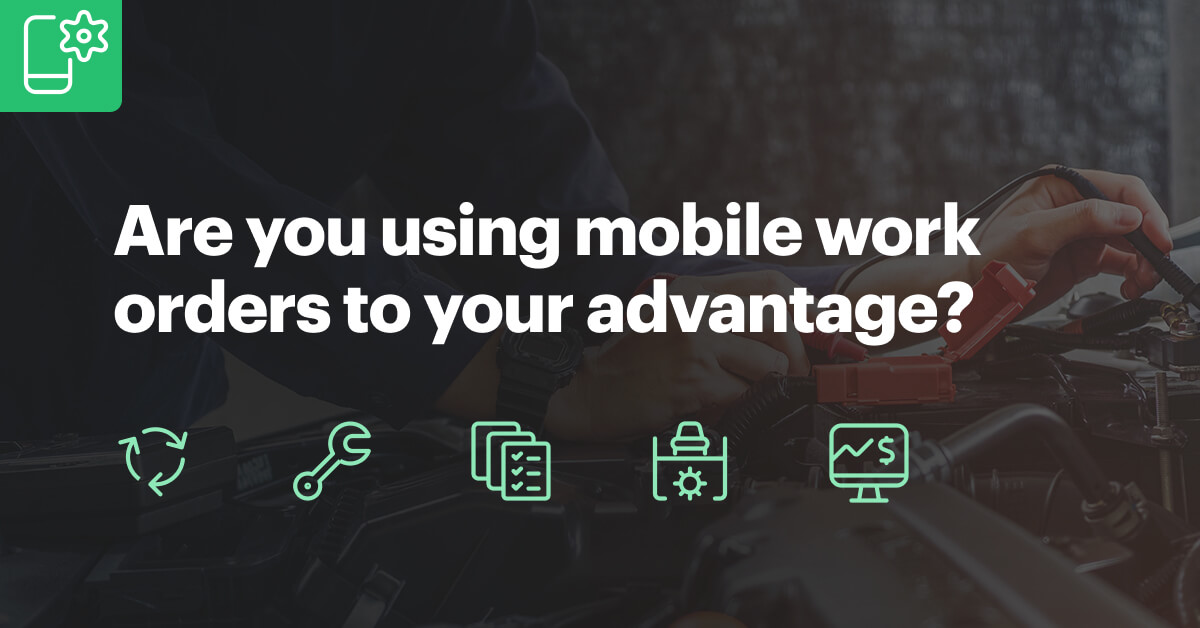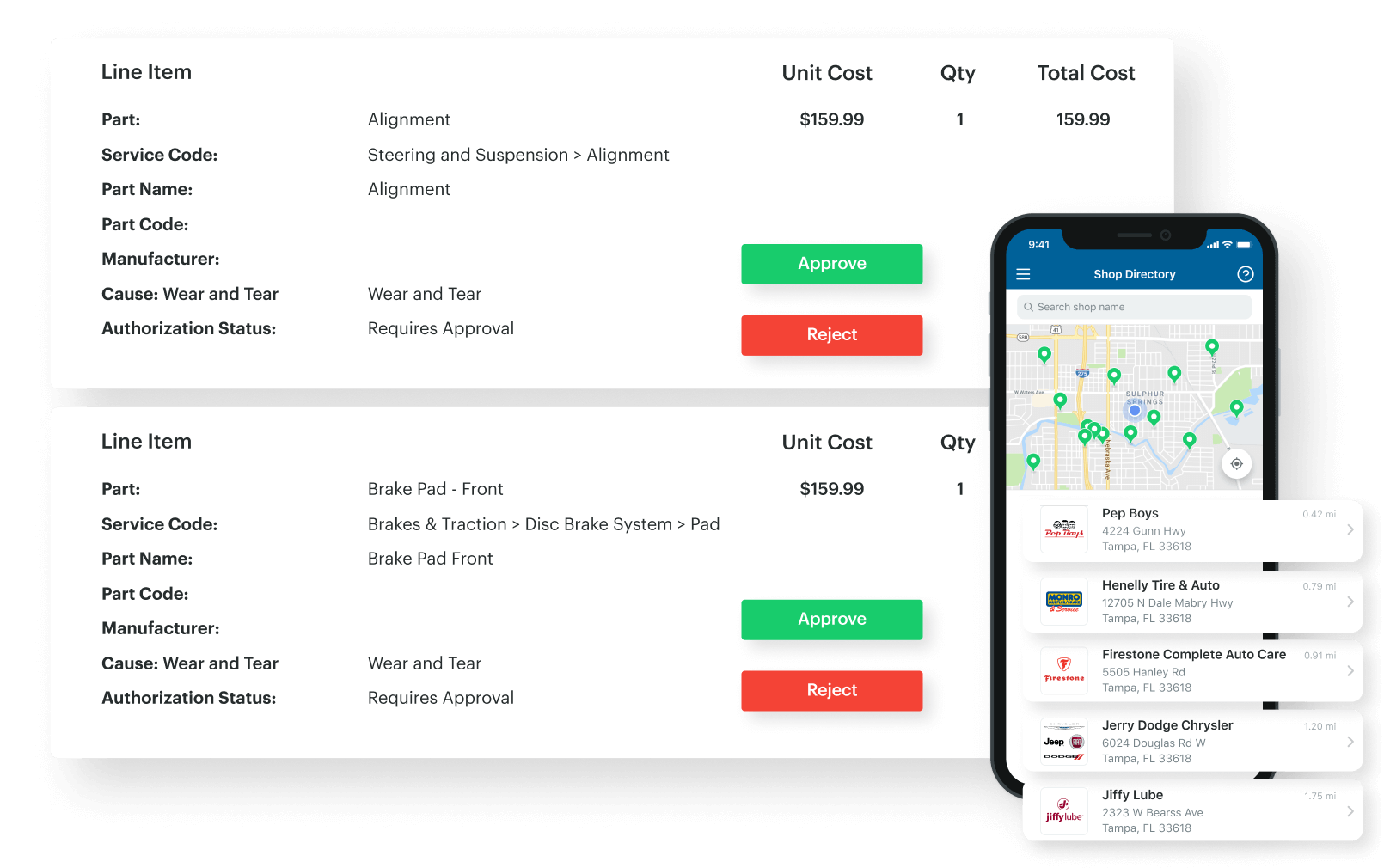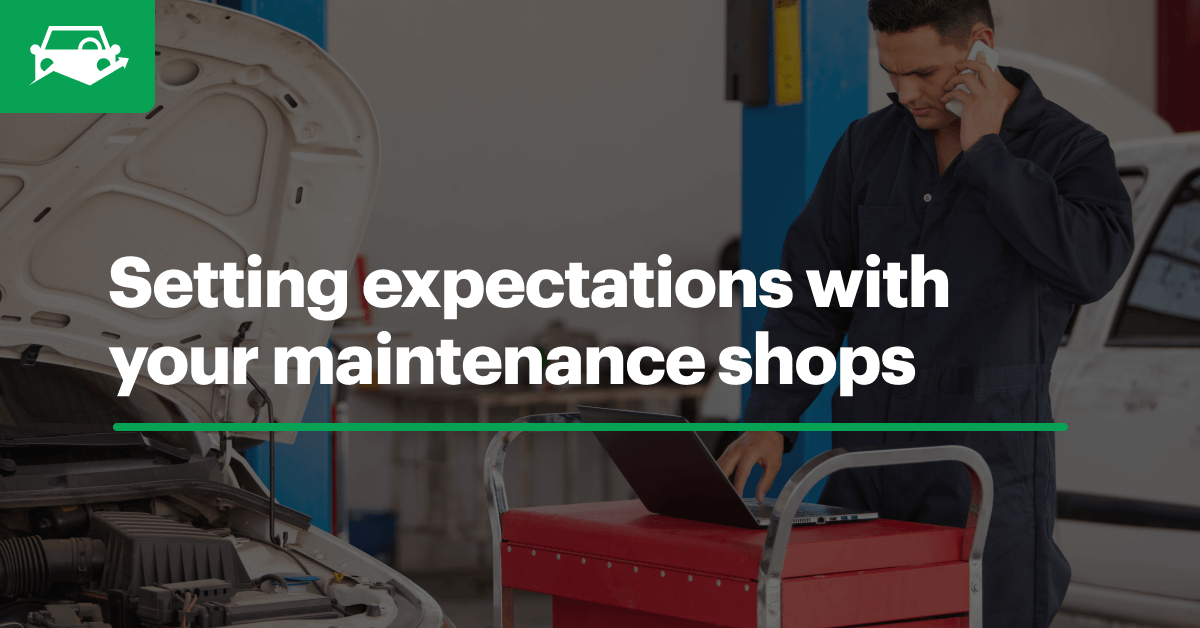You are diligent. You follow the manufacturer’s maintenance schedule as written. You use only OEM or equivalent parts and supplies in your preventive and predictive maintenance programs. There’s just one problem: you feel like there may be something missing. Many of your vehicles at or near retirement are in very poor shape while others seem to hold up well.
There is a solution to this issue, but unfortunately, there is no “quick fix” to keep the asset value of your old vehicles up and the maintenance costs down. The solution is personal involvement.
By personal involvement, I mean implementing value-added inspections. “Value added” normally defines the process of a company taking a generic product and adding features or additional services to give it a perceived additional value, and therefore a competitive advantage, for customers. When I use this term for your maintenance program, I’m actually talking about you, the fleet manager. With approval from your leadership, you can inspect and making corrective improvements to your fleet equipment in order to enhance the overall drivability of your vehicles and comfort of your driver operators.
Just as your customers will perceive the modifications or enhancements you add to a generic or homogenous product as a value to them, your driver operators will perceive your personal involvement in their vehicle upkeep as a value added enhancement. Your objective in this process is to gain drivers’ cooperation by keeping vehicles at optimal condition.
Why spend time on personal involvement?
As you are aware, every driver is different. Some drivers never complain about their vehicle while others nitpick. Some drivers can live with what they perceive as minor problems while others complain about minor problems and may be oblivious to major issues.
In my first stint as a fleet manager, I came face-to-face with these different driver perspectives. One team of drivers would exit their trucks with whisk brooms in hand and sweep out the floorboards. When you entered the vehicle it was as if it were new – it was fresh smelling, no dust or grime, dashboard wiped clean and polished. On the opposite end of the spectrum, another driver team exited their vehicles and walked away. I almost had to pay double wages to entice mechanics to even approach the vehicles because the interiors were so unclean, smelling foul and filled with rotting food. On the cost side, the team with the extremely clean vehicles boasted a low cost of operation compared to the grossly negligent trucks.
As the fleet manager in this situation, I was not allowed to direct the drivers. By coaching the dispatchers to inspect and work with the driver teams, however, we were able to improve cleanliness and, miraculously, costs began to come down for these vehicles. This example emphasizes one of the main aspects of management my very first boss tried to instill in me: “employees do what management inspects, not what management expects”.
How do I become more personally involved?
- Drive or operate each asset regularly.
- Inspect vehicle interiors.
- Inspect and operate the climate control.
- Check the door mechanisms, door seals and window functions.
- Check the workspace for functioning equipment.
- Prepare a punch list of things to correct.
What exactly should I check?
-
When you personally drive the vehicle, you will want to check for accelerator and brake pedal response, pulling or other steering issues, transmission slippage (if automatic) and clutch response (if manual) and ensure that overall drivability meets your own personal standard.
-
When entering the vehicle, check the seat. Is the upholstery torn or shredded? Is the seat suspension sagging because of broken springs? When you sit down, does the seat feel even? Can you see yourself driving this truck 100 miles?
-
Inspect all dash lights and interior lights for functionality. Check the brake pedal and accelerator pedal for excessive wear. Hold the steering wheel. Push it back and forth to check for secure mount.
-
Operate the climate control. Make sure the temperature control and speed control on the blower functions. If there is a passenger compartment filter replace it. Operate the heat as well as AC. Make sure that your driver has a comfortable compartment for trips from point A to point B.
-
When you open and close the door, does the handle function properly on the exterior as well as the interior? Check all seals around all doors to ensure there are no breaks at any point. Operate the windows to make sure they seal correctly and fully close and open. This includes driver and passenger doors as well as trunk lids, rear doors and any other access doors.
-
Finally, check the workspace to ensure that any tool racks, workbenches, drawers and equipment-securing devices are completely functional.
After inspection, any defect found should be identified as an issue to be corrected or repaired as soon as possible. During your personal inspection, your objective should be to bring the vehicle to a condition near new.
This value-added service is comparable to what you would expect if you bought a Rolls-Royce and took it to the dealership for repairs. Obviously we’re not talking Rolls-Royce prices here, but we are interested in the increased level of personal involvement that brings big value. A complete top-to-bottom vehicle inspection that goes beyond the OEM’s general maintenance schedule will not only extend the life of your fleet but also improve driver well-being, and in turn, performance.
Post Contributor: Jim Russell, Fleet Management Consultant



